Procedures
All majors, standalone minors, programs such as Core Cultures and Honors, and the Core Curriculum (academic programs) are assessed annually as a collaboration between the faculty and the Assessment Committee. All assessment reports for each major, each standalone minor, and the Core Curriculum are documented in standardized assessment templates. Assessment reports are completed by each department and reviewed by the Assessment Committee according to the following process:
- Departments specify 3-5 Student Learning Outcomes (SLOs) for each major/program and review them each fall.
- Departments map the curriculum to determine when SLOs will be assessed within a program.
- During the academic year faculty members collect data on assignments chosen to assess student learning.
- End of the spring semester: At the end of each spring semester, department chairs are notified that assessment season has begun and are directed to the appropriate resources for completing their assessments. Department chairs access assessment materials in their department’s OneDrive Folder: Shared Folder>OIE>Departmental Folder. The Office of Institutional Effectiveness grants access.
- May 31: All assessment reports are due, and the Assessment Committee begins their review of assessment reports using the College’s Major/Minor Assessment Report Rubric. Two members of the committee are assigned to evaluate each major and standalone minor.
- July 1: The Assessment Committee completes its review of the academic program assessments, and the Office of Institutional Effectiveness begins to create Feedback Reports for each department. The report for each department includes a list of positive and negative feedback for each major/minor and the rubric provided by the two Assessment Committee reviewers.
- End of the first week of August: The Office of Institutional Effectiveness completes the Feedback Reports and distributes them to the department chairs. At this time, the departments should begin to address the feedback.
- September 15: The departments submit their revised assessment reports based on the feedback provided in the Feedback Report. The Office of Institutional Effectiveness records the outcome of the improvements (i.e., whether or not the feedback was addressed) in the Feedback Report.
- October 1: The Office Institutional Effectiveness submits a report to the Dean of Faculty identifying the status of the assessment reports by department.
Assessment Committee
The Assessment Committee serves an oversight and resource function, ensuring that the assessment process is implemented as designed, reviews and provides feedback for end-of-year assessment reports and SLOs, and provides departments with information and recommendations on assessment practices and student learning outcomes.
Responsibilities:
Coordinating departmental and program assessments, recommending approaches to assessment to departments and programs, working with visiting assessment teams, and making recommendations on future assessment strategies to the Dean of the Faculty.
Membership:
- 3 faculty members, one from each division, elected by the division, for 3-year staggered terms
- Dean of the Faculty, ex officio
- Chair, to be elected annually from among, and by, the committee
Developing an Assessment Infrastructure
- SLO/CLO Writing Guide
A guide to developing student learning outcomes (SLOs) and course learning outcomes (CLOs) - Comprehensive Assessment Plan
A template for creating a comprehensive assessment plan for a department or program
Annual Assessment Reporting
- Academic Assessment Report Guide
A walkthrough for completing the assessment report academic programs are required to complete annually - Academic Assessment Report Example
An example of an assessment report - Assessment Report Scoring Rubric
The rubric used by the Assessment Committee to evaluate assessment reports. - Exemplary Assessment Reports
Examples of good assessment reports from academic departments at H-SC.

